A mixed bag of annual results from the big banks. RBS, still 73 per cent owned by the taxpayer, recorded a small profit for the first time since 2008 but took flak for a newly released report on the outrageous behaviour of its Global Restructuring Group, the team that mistreated struggling business customers in the post-crash phase. No wonder chief executive Ross McEwan looked tired, irritable and homesick for New Zealand.
Lloyds, having served its time in the sin bin alongside RBS, is now by contrast the sector’s comeback star, with profits up 24 per cent to £5.3 billon (despite another hefty charge for PPI mis-selling) and promises of more lending to start-ups. No wonder chief executive António Horta-Osório — whose pay last year rose to £6.4 million and whose health, like his bank’s, has fully recovered since the dark days of 2011 when he took leave suffering exhaustion — looked positively gleaming.
HSBC, meanwhile, reported handsome pre-tax profits of $17 billion, up from $7 billion in 2016, but still had skeletons rattling, including a potential $1.5 billion fine for alleged money laundering and other hanky-panky in its Swiss private bank. Retiring chief executive Stuart Gulliver looked less than triumphant, while markets wait to see whether his successor John Flint, HSBC’s former retail banking head, can complete a reputational clean-up.
Barclays, where the net result was a £1.9 billion loss after one-off hits from the sale of the bank’s African business, the impact of Trump’s tax reforms, loans to Carillion and PPI claims: chief executive Jes Staley, with little to show for his strategic thrust so far and a pending FCA inquiry into his attempt to unmask a whistleblower, would be best described as looking uncomfortable.
One thing common to all these results was that they had little impact on the banks’ share prices, which continue to languish far below pre-2008 levels. The weight of negative sentiment behind those price charts makes it extraordinarily difficult for bank bosses to deliver shareholder value, however good their managerial skill or strategic vision. With £20 million of 2017 pay between the four chiefs, they hardly need our sympathy. But we might at least acknowledge that running a big bank to the satisfaction of investors, customers and regulators is, these days, a bloody difficult job.
Are buybacks bad?
That last thought leads me to another, prompted by two statements buried in the results announcements. The first was from Lloyds: ‘The Board intends to implement a share buyback of up to £1 billion… This represents the return of capital over and above the Board’s view of the current level of capital required to grow the business, meet regulatory requirements and cover uncertainties.’ The second was from Jes Staley of Barclays: ‘I am confident in the capacity of this business to generate excess capital going forward, and it remains our intention over time to return a greater proportion of that excess capital to shareholders through dividends and other means of capital distribution, including share buybacks.’
Both banks increased their dividends, to general approval: bank shares are traditionally long-term holds rather than speculative plays, whose attraction has much to do with steady dividend yields. But this new enthusiasm for share buybacks rings alarm bells. And I had better explain why, because you may be thinking that one ‘means of capital distribution’ is much the same as another. Not so. It’s no exaggeration to say buybacks are coming to be seen as a peril of the age: a contributing factor in the slump of productivity, the slowdown of growth, the widening of income inequality between bosses and workers, and the spread of cynicism towards big-corporate capitalism.
It is of course possible for companies to have ‘excess capital’ and no project in view in which that capital might be invested to make the company grow and prosper. In which case, fine: give it back. But in very many cases, that’s not what’s going on. In recent years companies have used cashflow or cheap debt to buy bundles of their own shares in the market and cancel them, in order simply to reduce the number of those shares, increase ‘earnings per share’ and boost a flagging share price. That’s an attractive choice for executives who hold lavish share option awards, because the dilution effect of the option scheme is disguised by the buyback, and because the price boost makes them even richer when they cash in the options. Hence buybacks have become hugely popular in US boardrooms, lately running at $500 billion a year.
But that also means companies are choosing not to put the capital into new factories or acquisitions or technologies or cancer cures. Machinery and equipment are being replaced more slowly (while comparable investment elsewhere races ahead) and fewer high-skilled jobs are being created. A survey of 459 US companies in the S&P500 Index showed the total value of buybacks from 2006 to 2015 was double the amount companies spent on research and development. So far, buybacks are less common here but have been used by the likes of Unilever and Kingfisher and look bound to become more popular. Arguably that will lead to falling productivity and yet more criticism that corporations are too focused on financial engineering for the benefit of the few.
But are banks different?
HSBC has already bought back $5 billion worth of its own shares. All banks might claim that the undervaluation inherent in permanently depressed share prices is all the justification they need for buybacks. And wouldn’t we prefer they shrank their businesses anyway, rather than embarking on risky new ventures? Well maybe, but it’s only a decade since their failure to husband their own capital brought the global economy to its knees. So let’s keep a sharp eye on their new urge to hand capital back to investors — and the motives behind it.
Got something to add? Join the discussion and comment below.
Get 10 issues for just $10
Subscribe to The Spectator Australia today for the next 10 magazine issues, plus full online access, for just $10.
You might disagree with half of it, but you’ll enjoy reading all of it. Try your first month for free, then just $2 a week for the remainder of your first year.


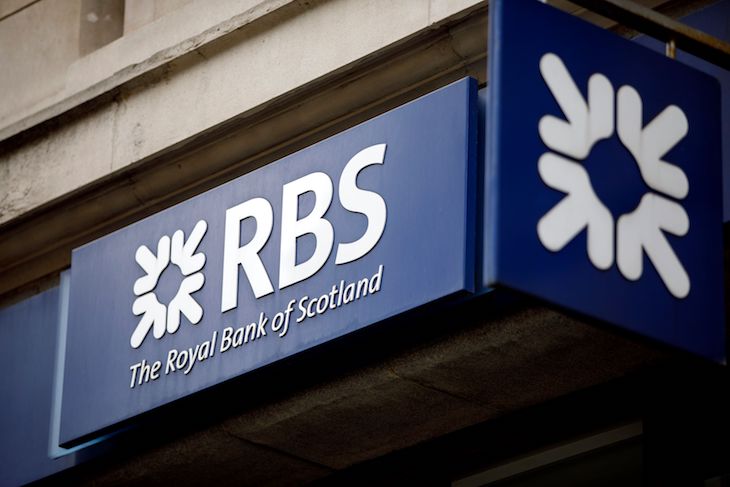
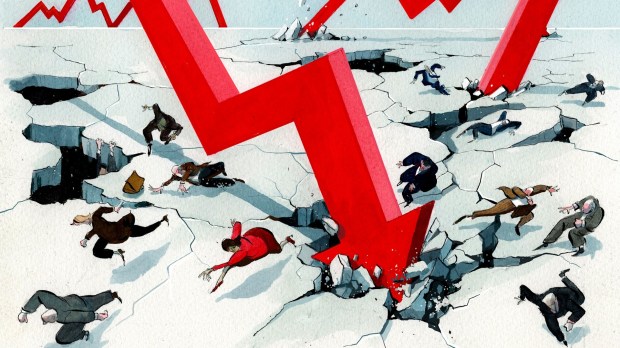

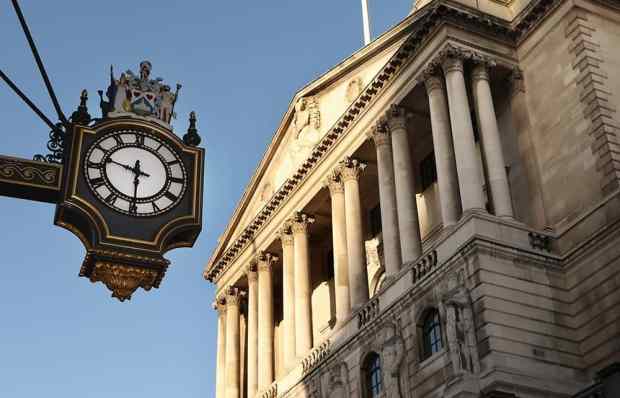

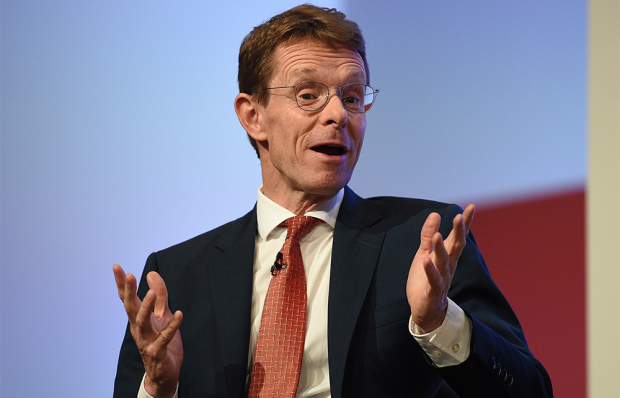
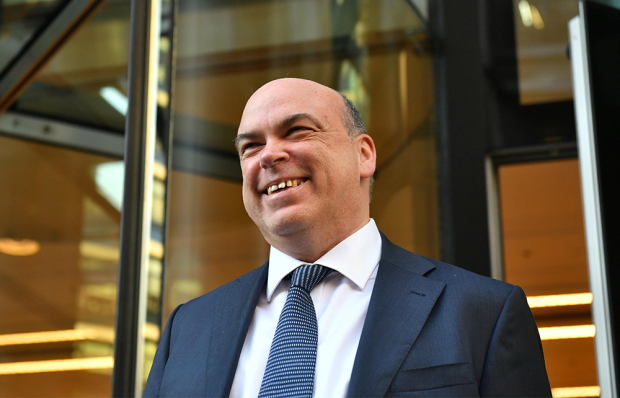






Comments
Don't miss out
Join the conversation with other Spectator Australia readers. Subscribe to leave a comment.
SUBSCRIBEAlready a subscriber? Log in